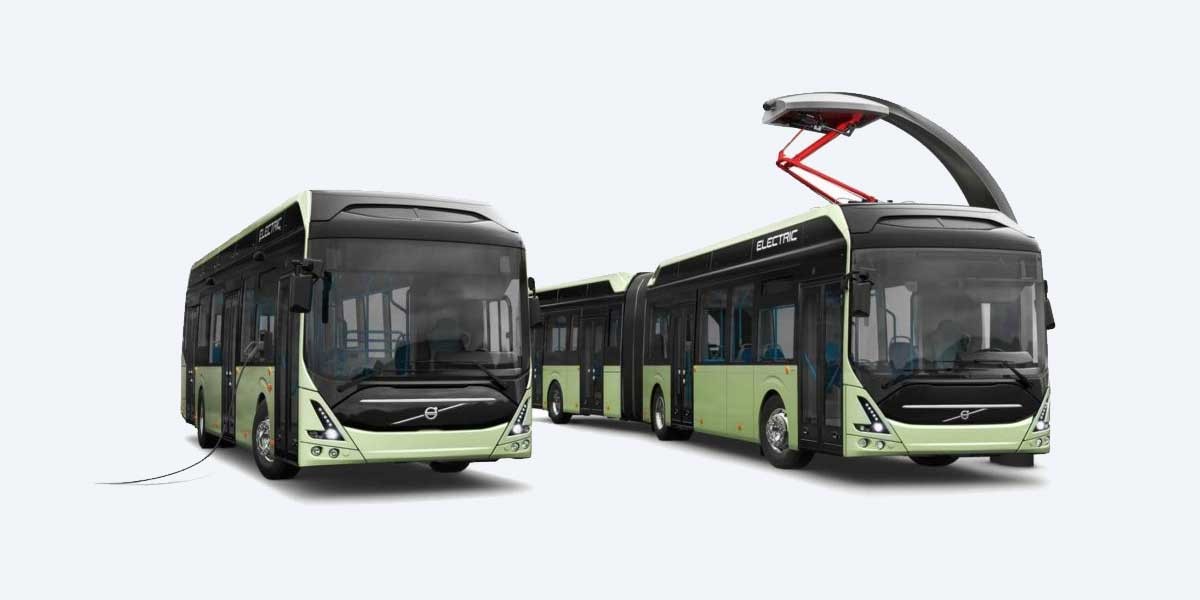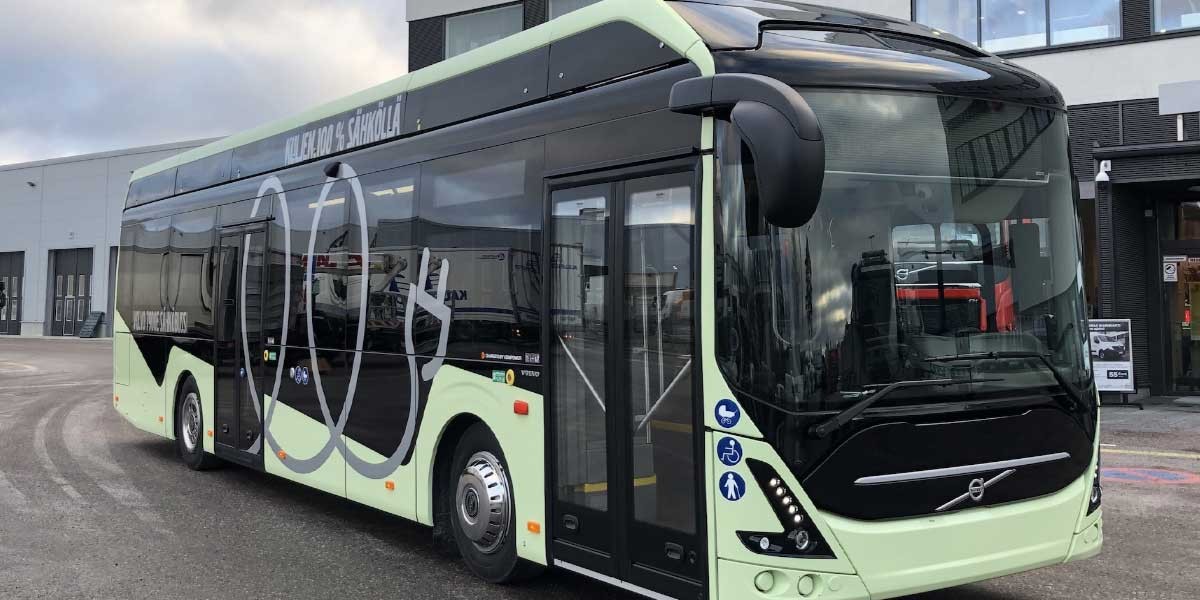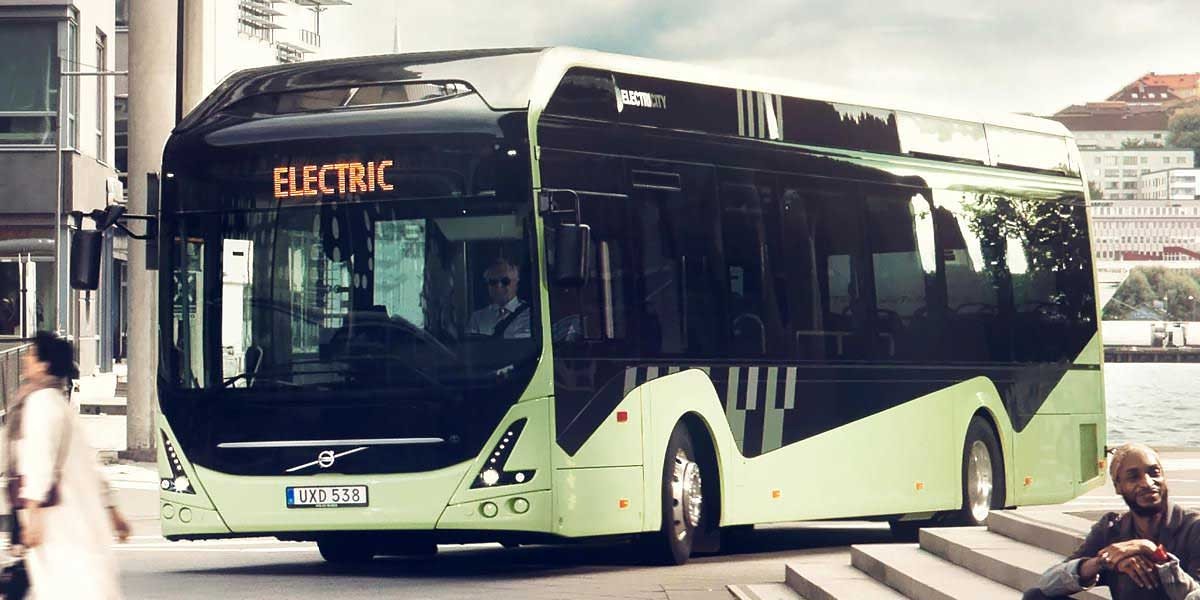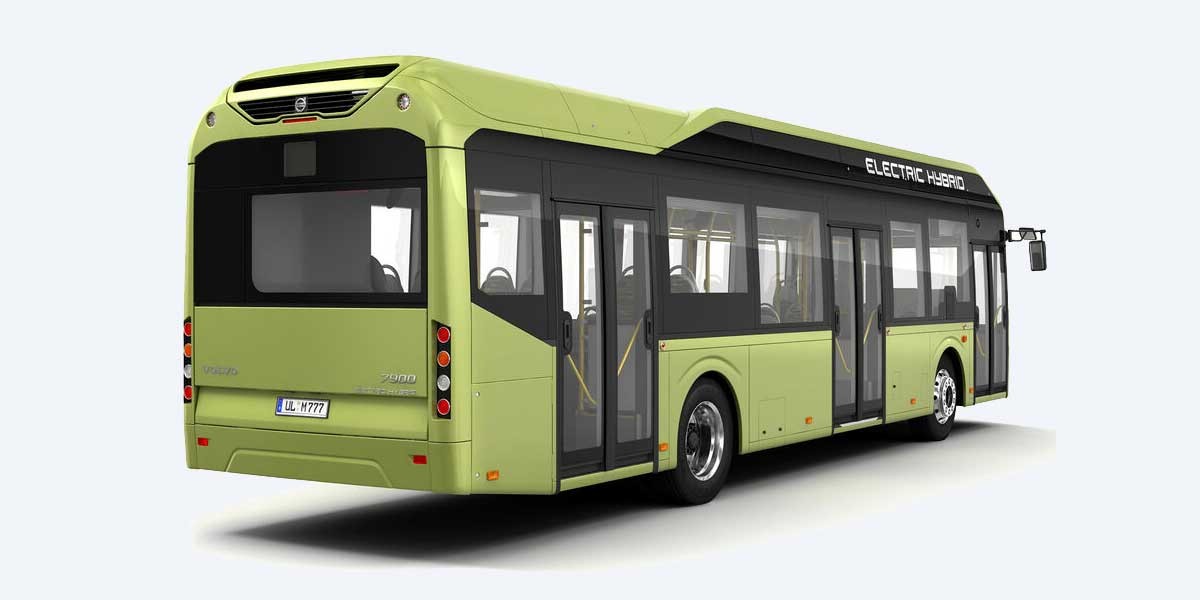Volvo 7900 Electric
User Rating: 3.40 / 5





What is the Volvo 7900 Electric?
Volvo 7900 Electric is a cutting-edge electric bus designed for urban transportation. It offers zero-emission travel, impressive energy efficiency, and a quiet, smooth ride. With rapid charging capabilities and advanced safety features, it stands out in modern public transit solutions.
Volvo 7900 Electric price:
US$ 97350 *
| manufactured in | Sweden |
| model year | 2020 |
| range (km) | 244 |
| battery (kWh) | 396 |
| bus type | citybus |
| passengers (qty) | 150 |
| seats (qty) | 34+1 |
* Minimum price set by the manufacturer, excluding taxes and additional options
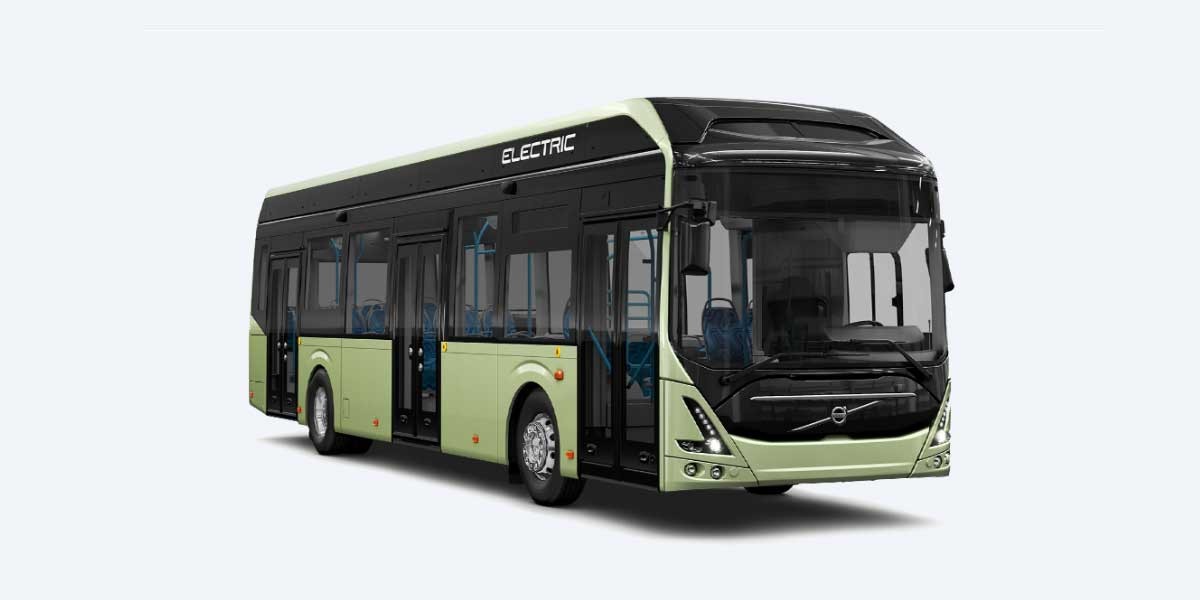
Exterior and Interior photos of Volvo 7900 Electric
Volvo 7900 Electric Review
Volvo 7900 Electric Bus Range: Revolutionizing Urban Public Transport
In today’s world, where the demand for cleaner and quieter city environments reaches a crescendo, the Volvo 7900 Electric bus range stands at the forefront as a beacon of sustainable urban living. This fleet exemplifies environmental responsibility and heralds a new era of efficient, whisper-quiet public transportation, transforming the very essence of our urban soundscape and atmosphere.
Volvo 7900 Electric Articulated: Harmonizing Capacity with Sustainability
At the helm of expanding the ambit of green transportation is the technologically astute Volvo 7900 Electric Articulated. This extraordinary member of the electric bus fleet enhances passenger capacity while meticulously adhering to principles of operational efficiency and ecological preservation. Its innovative and adaptable charging system ensures seamless integration with existing transport infrastructures, guaranteeing uninterrupted service delivery and outstanding performance metrics.
Driving Towards Zero-City Ambitions with Volvo
Embarking on the journey to sculpt Zero Cities—urban realms showcasing zero emissions, null auditory pollution, minimal vehicular congestion, and zero accidents—is a vision that Volvo passionately pursues. Through the assimilation of its electric buses, Volvo strides toward realizing this audacious goal, offering a public transport solution that not only meets but often exceeds strict emission and noise reduction standards.
Alleviating Congestion, Enhancing Urban Quality of Life
The infusion of these pristine, quiet electric buses considerably alleviates urban congestion. By making public transport a more appealing option compared to private vehicle usage, these buses play a crucial role in reducing the number of cars on the road, thereby diminishing traffic jams and elevating the overall quality of life in our cities.
Trailblazing Safety Features: Geofencing and Pedestrian Detection
Volvo’s unwavering commitment to fostering safer urban environments is evidenced through the integration of state-of-the-art automated technologies within its electric buses. Innovations like geofencing allow for the creation of designated safety zones, while advanced pedestrian detection systems elevate traffic safety standards. These technologies are especially crucial in crowded urban settings where safeguarding pedestrian well-being is paramount.
Partnering with Volvo in Urban Transformation
Volvo offers more than just electric buses; it extends an invitation to join in the transformative journey toward achieving Zero Cities. With confidence in the capability of its environmentally conscious, efficient, and safe buses to help realize this dream, Volvo invites city planners to take the next bold step in public transportation evolution with them, promising a collaborative redefinition of urban public transport dynamics.
Manufacturer: AB VOLVO Buses
Related Video
Comparison:
Speed
The Volvo 7900 Electric lumbers along with a top speed of 50 mph (80 km/h), respectable but hardly thrilling. The BYD K9 matches it stride for stride at 50 mph (80 km/h) as well, while the Proterra Catalyst E2 sneaks ahead slightly at 65 mph (104 km/h). Not to be forgotten, the Mercedes-Benz eCitaro cruises at a sensible 43 mph (70 km/h).
Range
Fueling range anxiety? Fear not. The Volvo 7900 Electric offers a commendable range of 125 miles (200 km). Meanwhile, the BYD K9 upstages it with a herculean 155 miles (250 km). The Proterra Catalyst E2 swells its chest with an absurdly impressive 350 miles (560 km), while the Mercedes-Benz eCitaro ambles behind with a range of approximately 150 miles (240 km).
Power
The Volvo 7900 Electric flexes its muscles with a 330 kW motor, pushing steadfastly against its competitors. The BYD K9 offers a smidgen less with a 150 kW unit, cruising comfortably. The burly Proterra Catalyst E2 wields a solid 220 kW motor, while the Mercedes-Benz eCitaro powers through city streets with its 250 kW motor.
Charging Time
When the plug calls, the Volvo 7900 Electric requires a moderate 3-4 hours for a full charge. Not to be left idling, the BYD K9 follows suit with a similar 4 hours of wait. The agile Proterra Catalyst E2, however, showcases speedy capabilities, filling up in 2-3 hours. The Mercedes-Benz eCitaro takes a bit longer, demanding about 4.5 hours while sipping the electrons.
Price
Time to raid the piggy bank. The Volvo 7900 Electric is tagged at a robust $97,350 (£73,000 / €88,000). The princely BYD K9 hovers around $770,000 (£577,000 / €700,000). At the summit, the Proterra Catalyst E2 commands a cool $789,000 (£591,000 / €715,000). Lastly, the Mercedes-Benz eCitaro comes with a handsome price of $825,000 (£618,000 / €750,000).
Final Musings
The Volvo 7900 Electric stands as a sturdy, albeit slightly subdued, pillar in the electric bus pantheon, offering a harmonious blend of solid range, decent power, and commendable charging times, all wrapped in a more wallet-friendly package compared to some of its more extravagantly priced peers. Whether value trumps sheer prowess depends on the discerning buyer’s predilections, but one things certain: the electric revolution is roaring, and everyone wants a front-row seat.
F.A.Q.:
How far can the Volvo 7900 Electric travel on a single charge?
The Volvo 7900 Electric can travel approximately 200-250 km (124-155 miles) on a single charge, depending on driving conditions and usage.
What is the battery capacity and how long does it last?
The Volvo 7900 Electric is equipped with a 330 kWh battery, which typically lasts for around 8-10 years or up to 300,000 km (186,411 miles) under normal usage.
How long does it take to charge the bus fully?
Charging the Volvo 7900 Electric with a fast charger typically takes about 2-3 hours for a full charge. Standard charging options may take longer, around 6-8 hours.
Are there sufficient/accessible charging stations available for the route?
Charging infrastructure is continually expanding, and many urban areas have sufficient charging stations for the Volvo 7900 Electric. It is advisable to plan routes and check charging station availability in advance.
What is the upfront/initial purchase price of the Volvo 7900 Electric?
The initial purchase price of the Volvo 7900 Electric is approximately $97,350. Converted, this is roughly €92,000 or £79,600, depending on exchange rates.
How do maintenance and operating costs compare to traditional buses?
Maintenance and operating costs for the Volvo 7900 Electric are generally lower compared to traditional diesel buses due to fewer moving parts and lower fuel costs.
What is the energy efficiency of the bus?
The Volvo 7900 Electric is highly energy efficient, consuming roughly 1.0-1.2 kWh per kilometer (1.6-1.9 kWh per mile), which is lower than traditional diesel buses.
What are the emissions and environmental benefits of using the electric bus?
The Volvo 7900 Electric produces zero tailpipe emissions, significantly reducing air pollution and contributing to a cleaner environment.
Are there any incentives, subsidies, or government rebates available for purchasing electric buses?
Many regions offer incentives, subsidies, or government rebates for purchasing electric buses like the Volvo 7900 Electric to encourage sustainable transportation. It is advisable to check local regulations and available programs.

